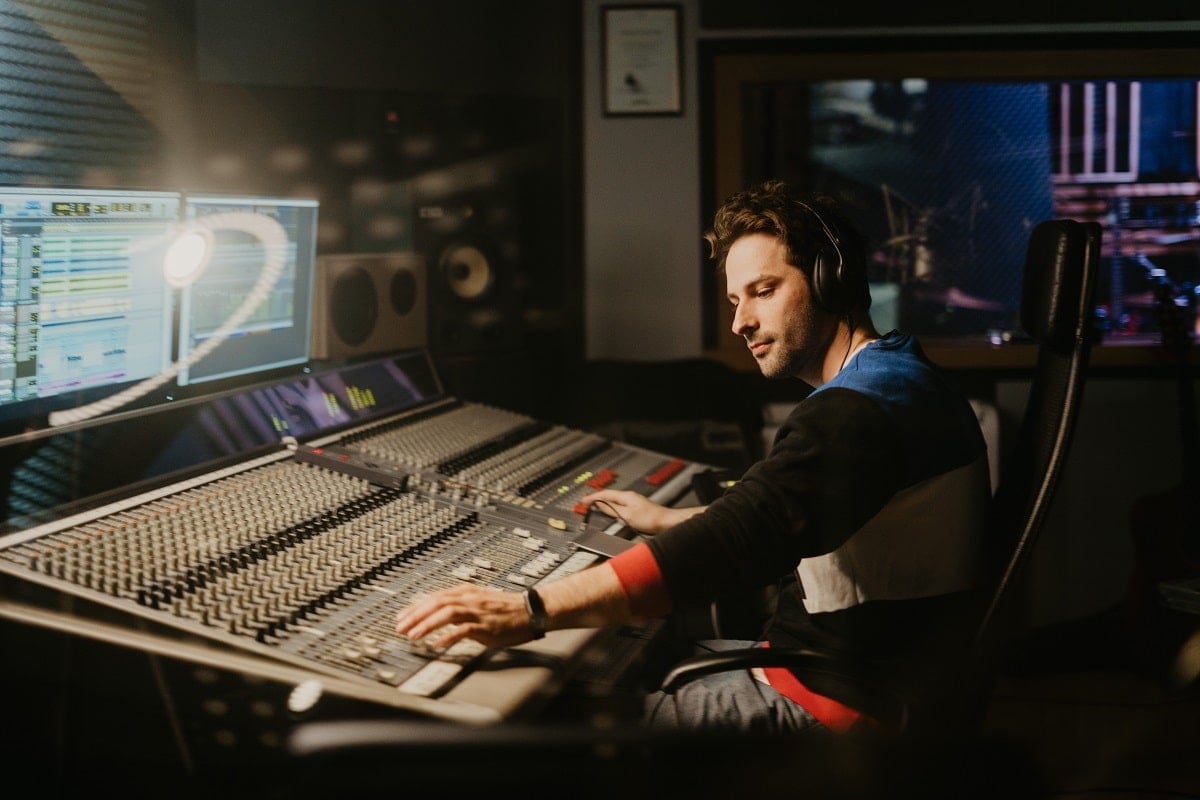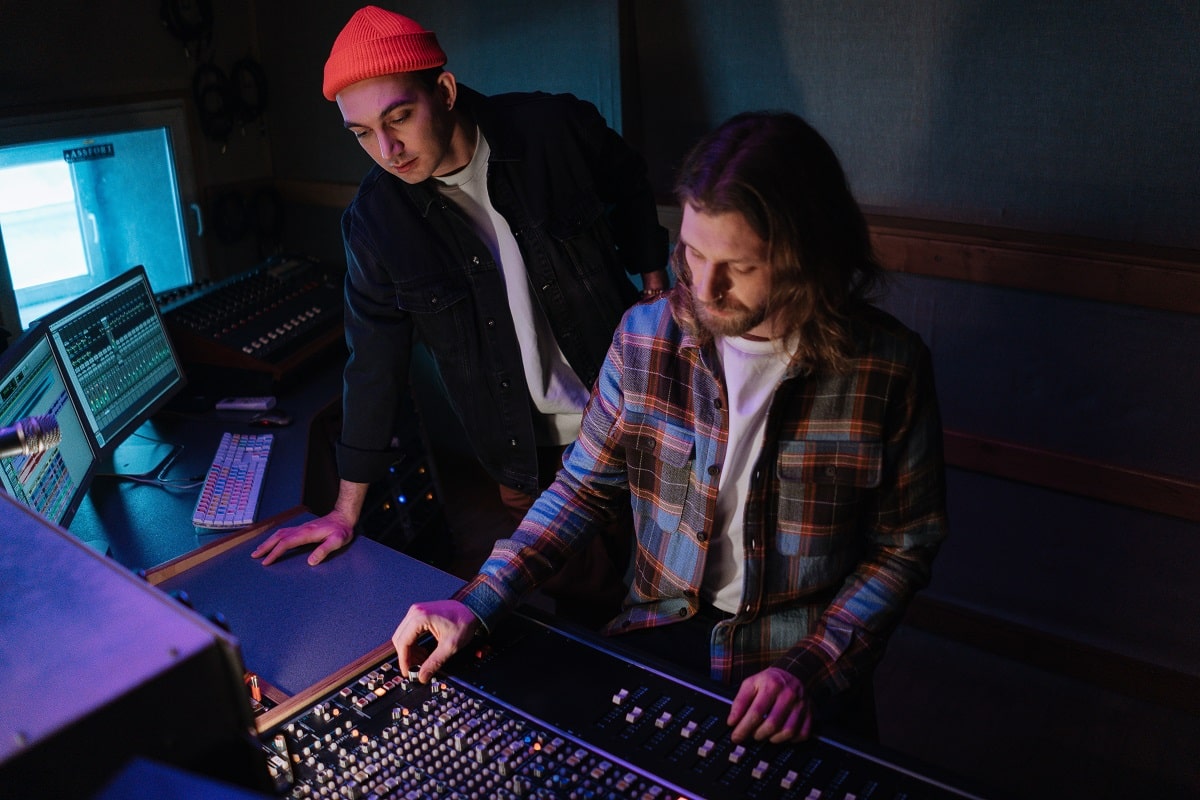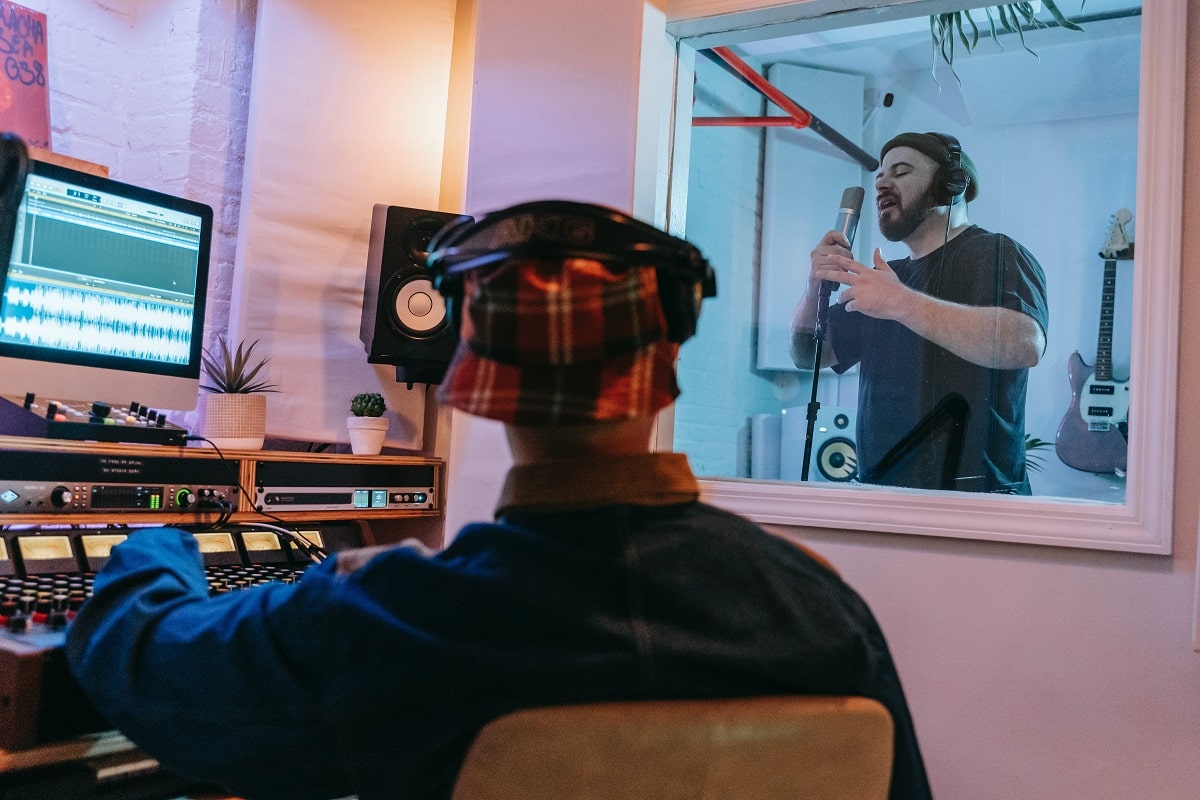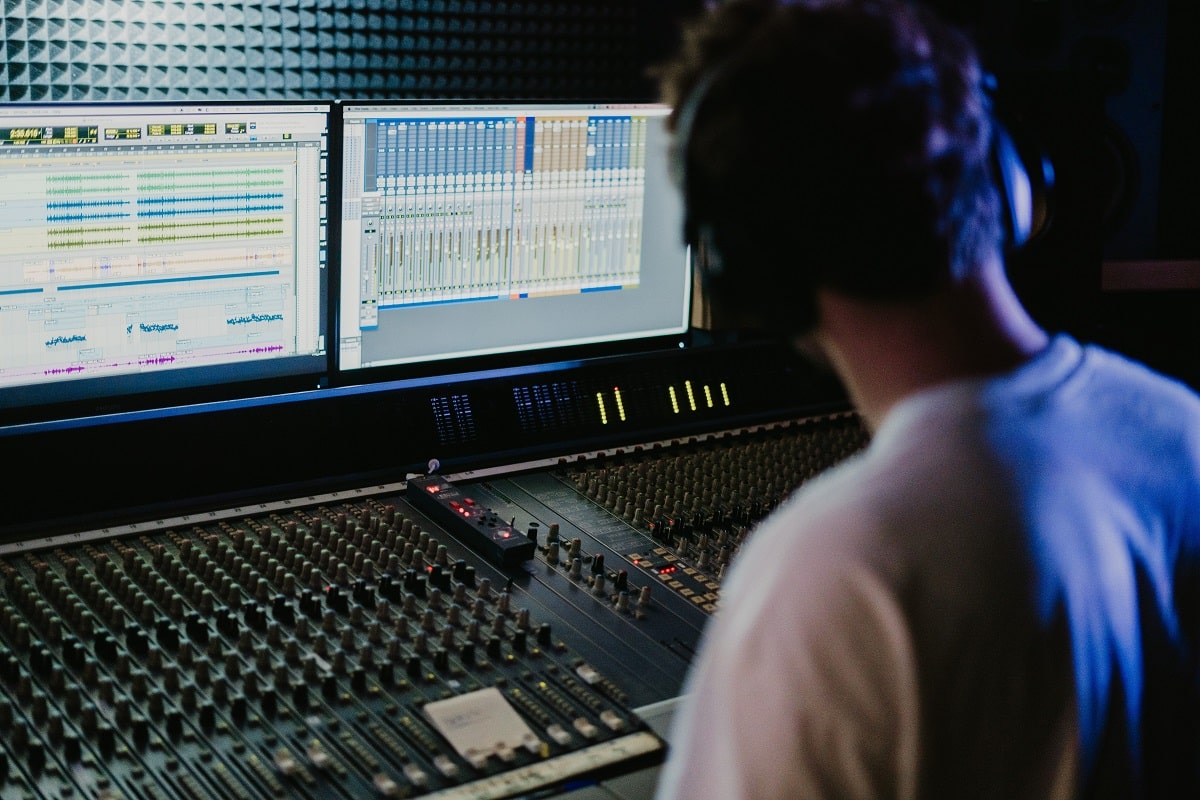1
HOME > Tech >
THE SECRETS TO MIXING AND MASTERING YOUR TRACKS LIKE A PRO
Written by Menswear Style in Tech on the 26th April 2023

Mixing and mastering are crucial steps in the music production process that can make or break the final sound of a track. Properly mixing and mastering a song requires technical expertise and artistic intuition and can often be a daunting task for even the most experienced musicians and producers. However, with the right knowledge and tools, anyone can learn to mix and master their tracks like a pro. From setting levels and EQ to applying compression and reverb, many techniques and strategies can be employed to achieve a polished and professional sound. This guide will explore the secrets to mixing and mastering your tracks like a pro.
1. Add Reverb and Effects
Reverb and other effects are essential for creating a professional-sounding mix. Reverb adds depth and space to a track, while other effects such as delay, chorus, and flanging can help create more interesting textures and shapes. Applying reverb and other effects judiciously is important – too much of these can easily muddy up a mix and make it sound cluttered. Start by subtly adding the effects, then adjust the settings until you achieve the desired effect. Using a de-esser plugin is also helpful in identifying and attenuate any unwanted high-frequency noises in your mix. Plus, using automation to add variation and dynamics to a track can help bring it to life and make it sound more professional.

2. Set Levels and EQ
The first step in mixing is setting appropriate levels for each track element. This requires a delicate balance between keeping all elements audible and avoiding unwanted clipping or distortion. Furthermore, it's important to create a good balance between the frequency spectrum – meaning that each instrument should have its own space without overlapping or canceling out any other sound. Once the levels have been set, you can begin to shape the track by applying equalization (EQ). EQ is the process of boosting or attenuating various frequencies within a sound source in order to emphasize specific elements and create a balanced mix. Use appropriate EQ settings for each instrument, ensuring no frequencies are muddy or overwhelming.
3. Apply Compression and Dynamics Processing
Compression is a must when it comes to mixing, as it helps you keep the levels of each track under control and adds punch, texture, and character to your sound. It's important to understand how different compressors work when they should be used, and which settings to use. In addition to compression, it's also important to apply dynamics processing like limiting and expansion to help keep the levels balanced without introducing unwanted distortion or noise. This can be especially helpful when dealing with vocal recordings or extremely dynamic instruments such as drums.

4. Set Proper Gain Staging
A great mix is like a well-constructed puzzle, with each element fitting together perfectly to create a cohesive and powerful sound. However, even the best puzzle pieces will only fit properly if their sizes are different or forced into place with care. The same goes for the different tracks in your mix. You must first set the proper gain staging to create an exceptional mix. This means ensuring that each track's levels are balanced, audible without clipping or distortion, and fit cohesively. It's a crucial step that will set the foundation for a dynamic and clear mix, letting each element shine while working seamlessly with the others.
5. Pay Attention to Panning
When mixing a track, it's essential to pay attention to panning. Done correctly, panning can give your mix a sense of depth and space that can truly bring your music to life. By adjusting the levels of different instruments and sounds from left to right, you can create a unique and balanced stereo image that complements the overall vibe of the track. But it's about more than evenly distributing sounds across the speakers. You can create separation and definition by strategically placing individual elements in different spaces, allowing each component to shine. Panning may seem like a small detail, but it can make a huge difference in the final product. So, take some time to experiment with it and see how it can elevate your mixes to the next level.

6. Reference Your Mix
Every aspiring music producer dreams of creating a mix that rivals the pros. However, achieving a polished and professional sound can be challenging. One of the best ways to ensure that your mix is up to par is by referencing it against professional recordings in a similar style. This technique lets you listen for discrepancies and adjust your mix accordingly. With this approach, you can fine-tune your work until it's on par with the high-quality music that you admire. So don't be afraid to compare and adjust as needed; doing so can take your mix to the next level.
7. Master With a Fresh Perspective
As a producer, it's easy to get lost in the process of perfecting your mix to the point where everything sounds just right. But have you ever considered taking a break before diving into mastering? It may seem counterintuitive, but allowing time away from the mix can help give you a fresh perspective. When you return to it with fresh ears, you can critically evaluate whether your master is balanced and sounds great on various playback systems. So, the next time you're tempted to rush into mastering your latest creation, remember that a little patience can go a long way.

8. Take Advantage of Automation Tools
As technology advances, so does the world of music production. With automation tools becoming more advanced, achieving the perfect sound has always been challenging. Automation tools allow you to adjust different components of your song at specific points, creating a more dynamic and polished final product. Whether you're looking to add subtle variations to your melodies or bring a new level of movement to your percussion, automation is an incredibly useful tool. Producers who use automation can take their sound to the next level, adding depth and emotion to their music. Feel free to experiment and see how automation tools can help you achieve the desired sound.
Mixing and mastering are two of the most important steps in creating a professional-sounding track. If you take your time to pay attention to the details, you'll be well on your way to achieving a polished and unique sound. Follow these tips while mixing and mastering your music, and let your creativity shine.
Trending
2
3
4
5
6
7
8
9
10









